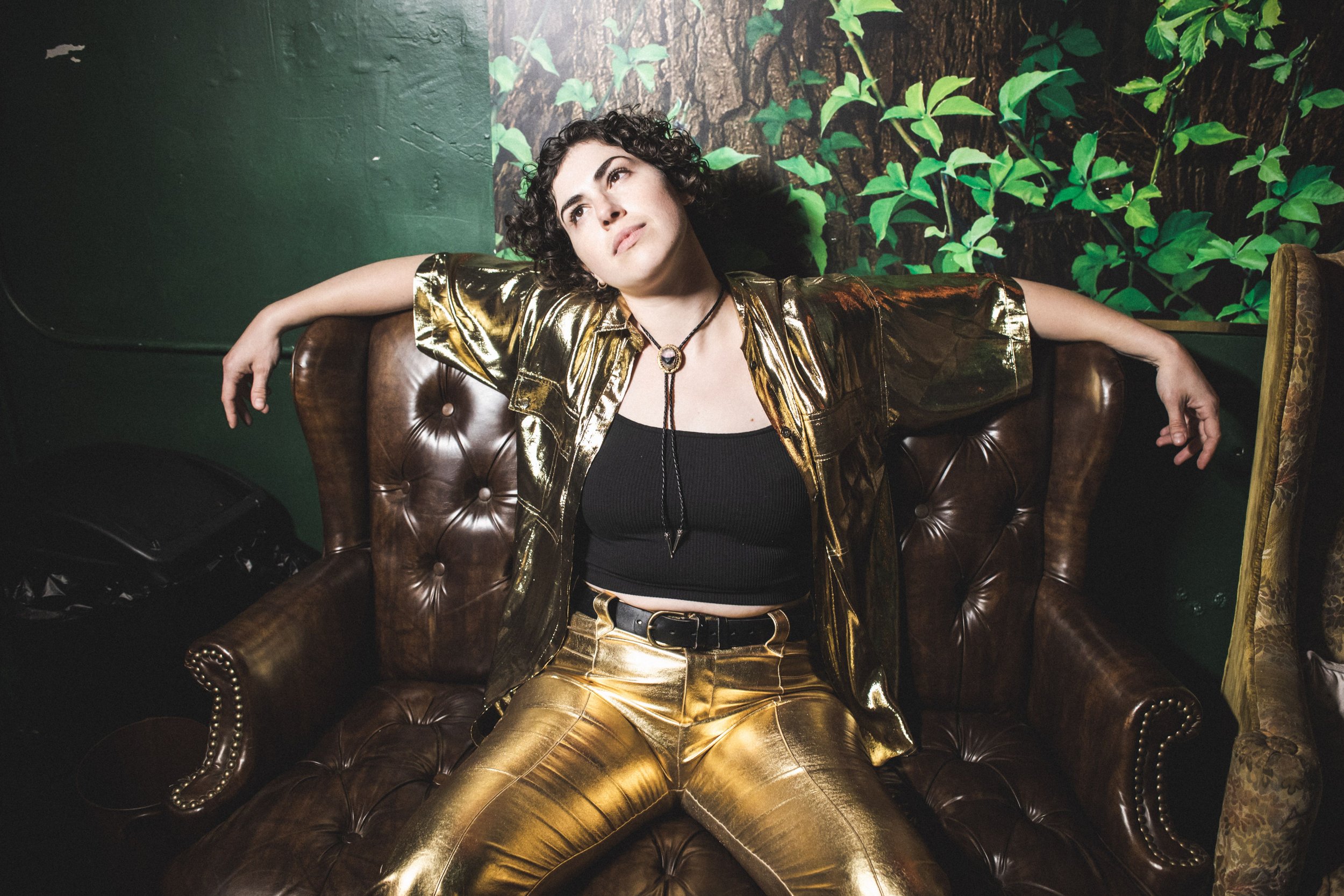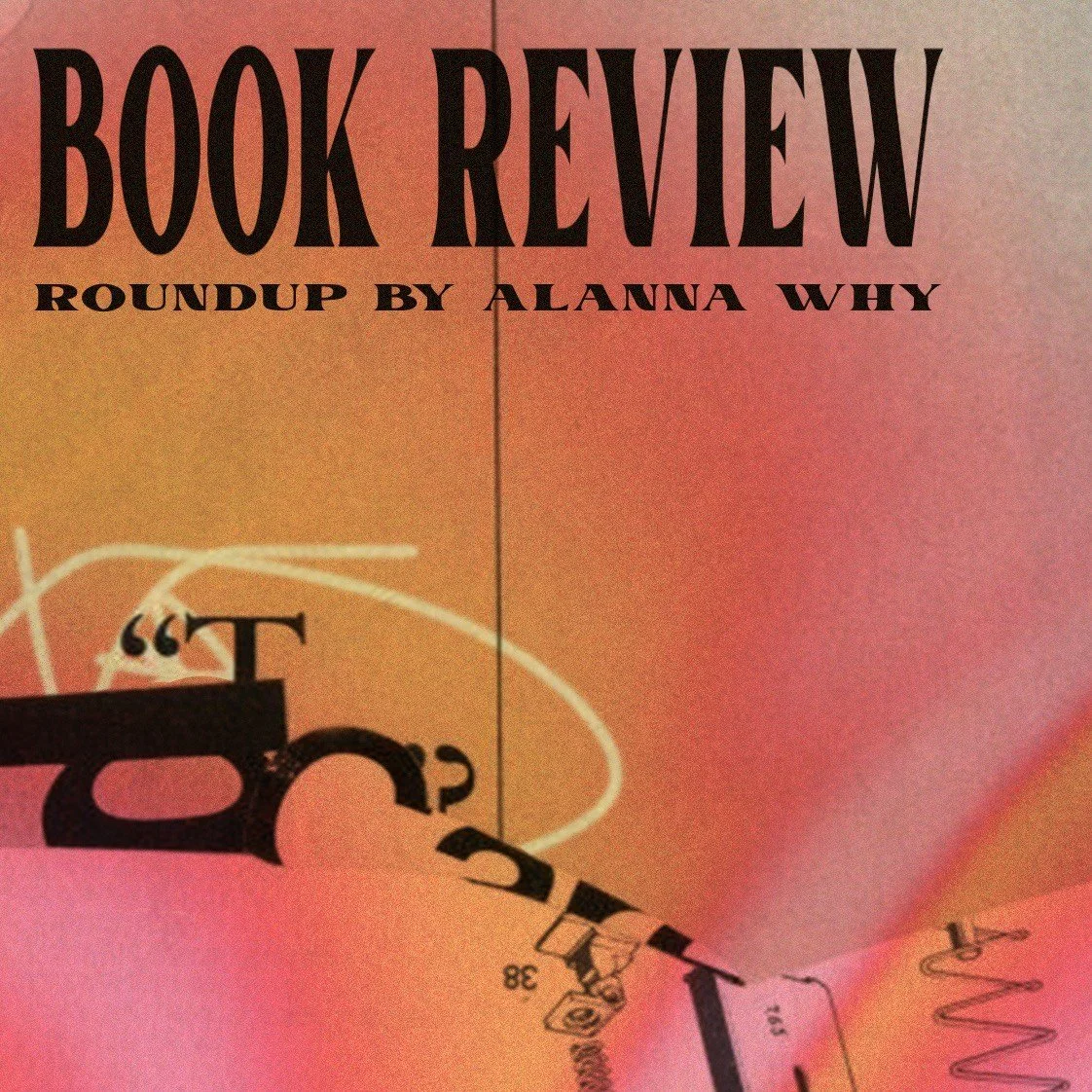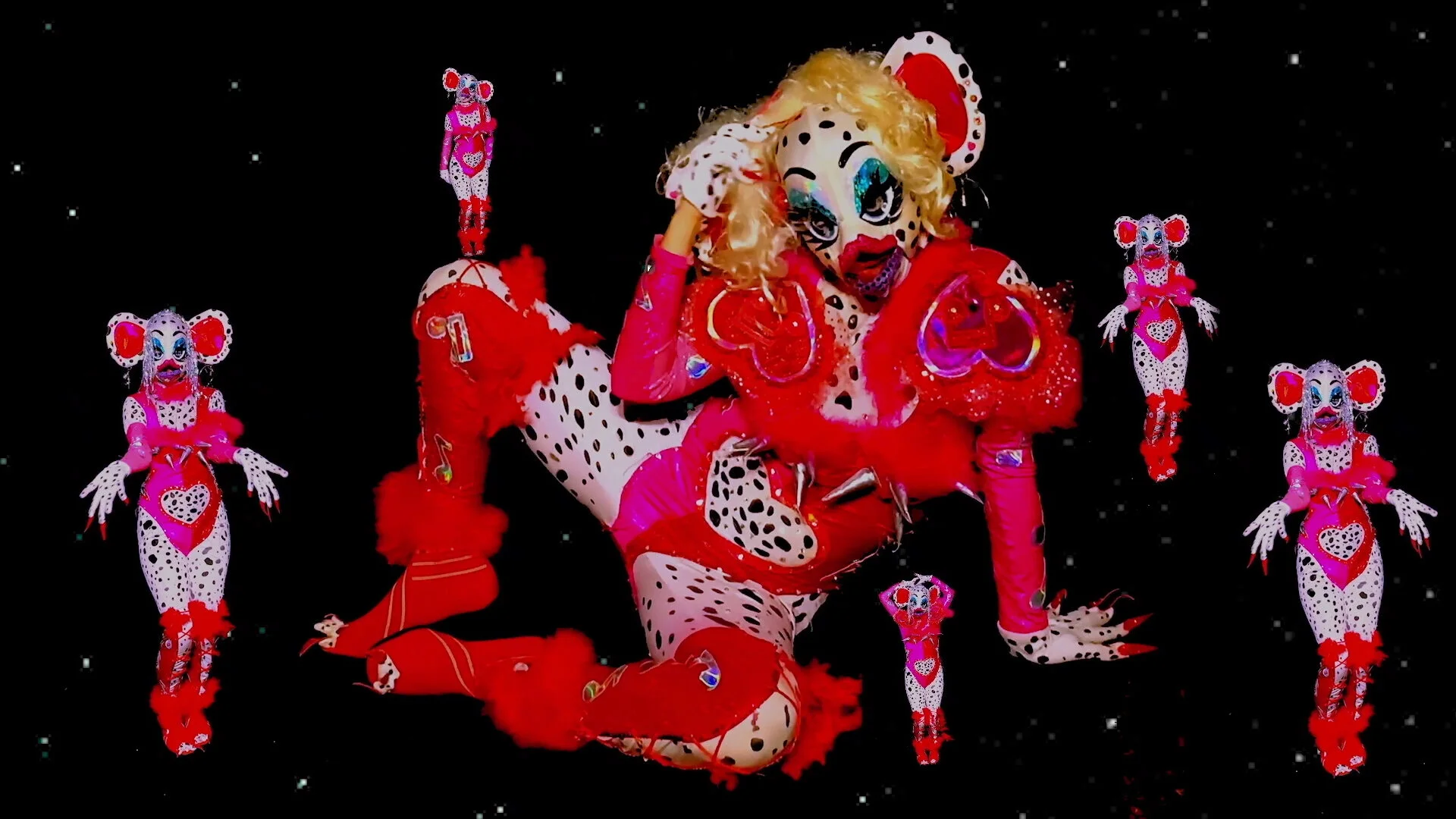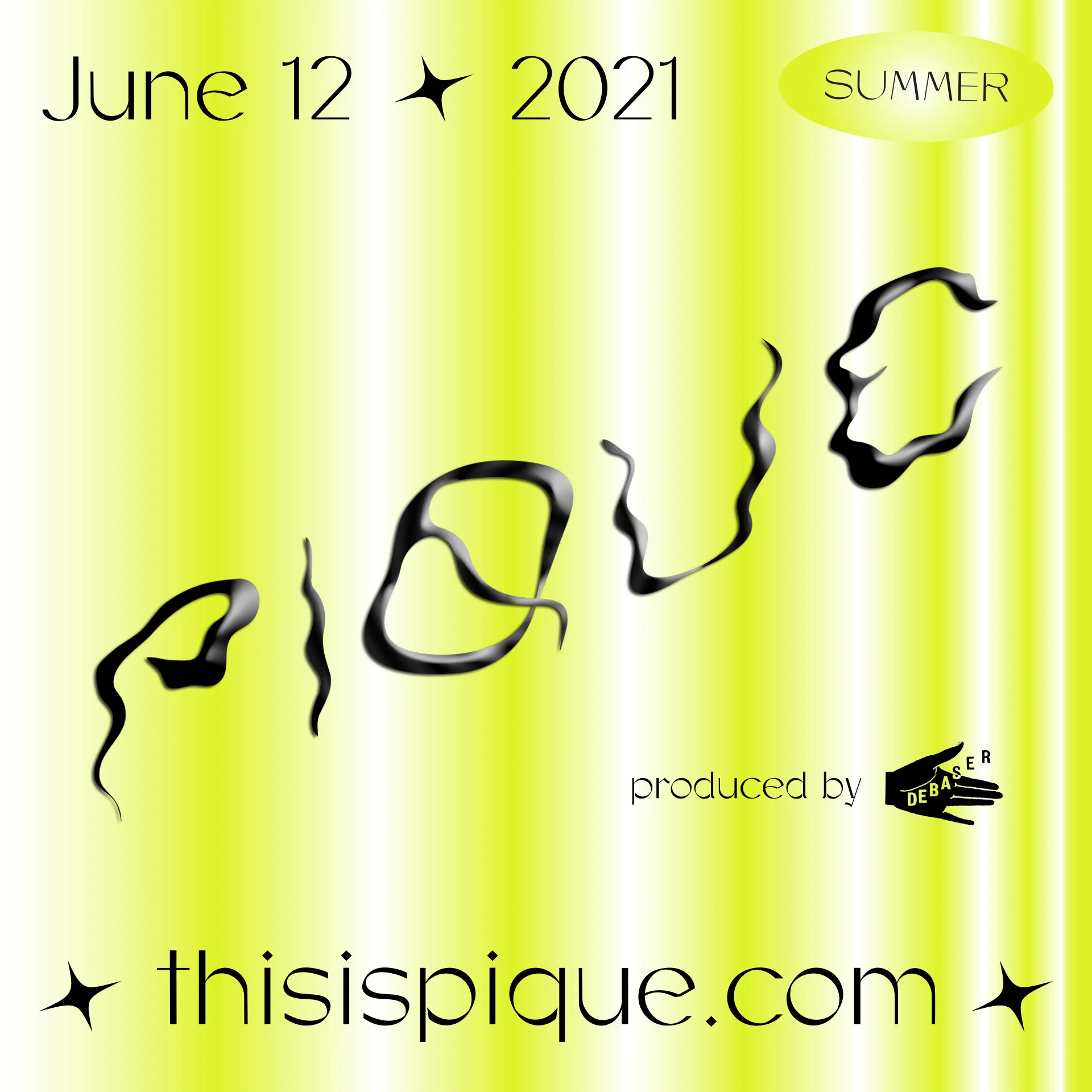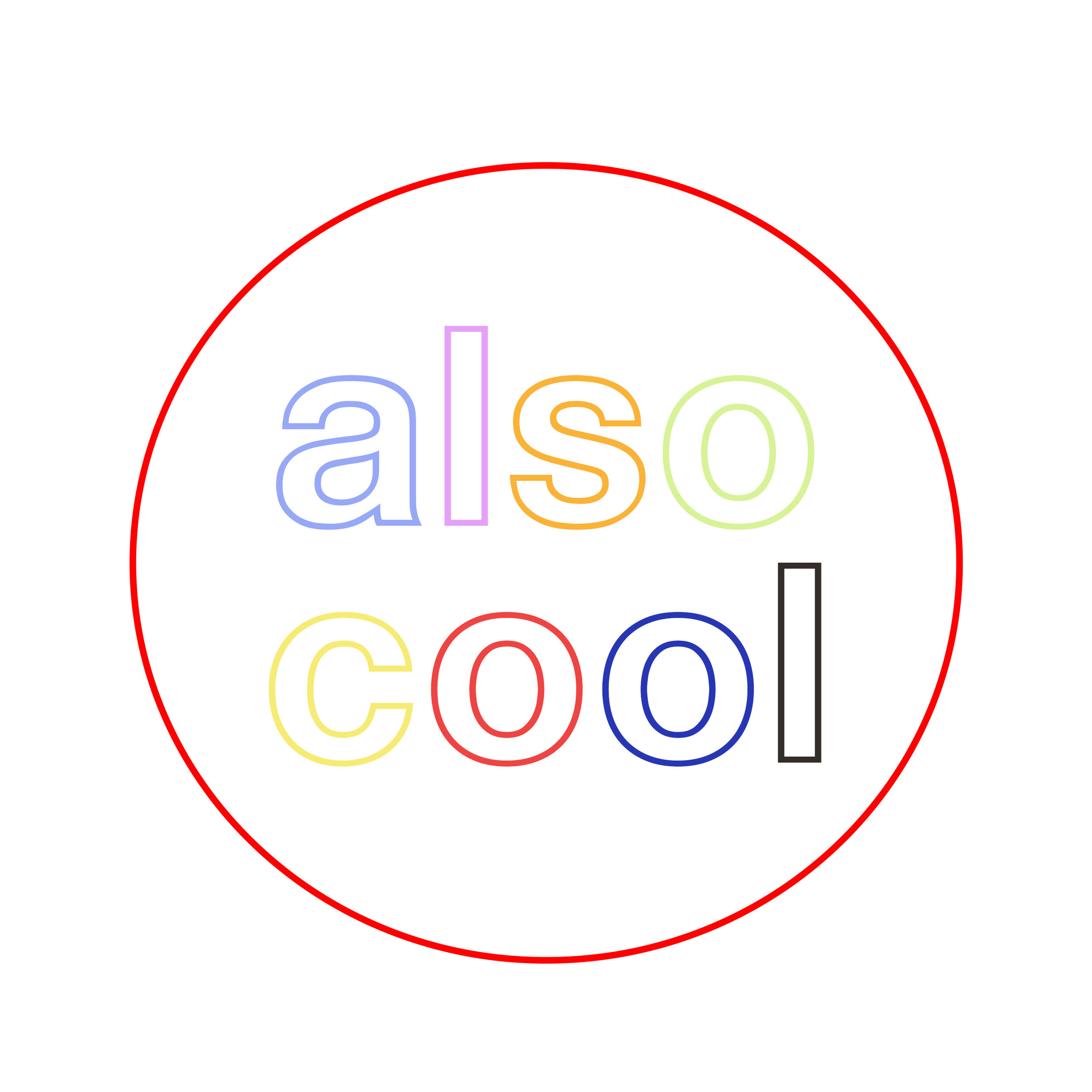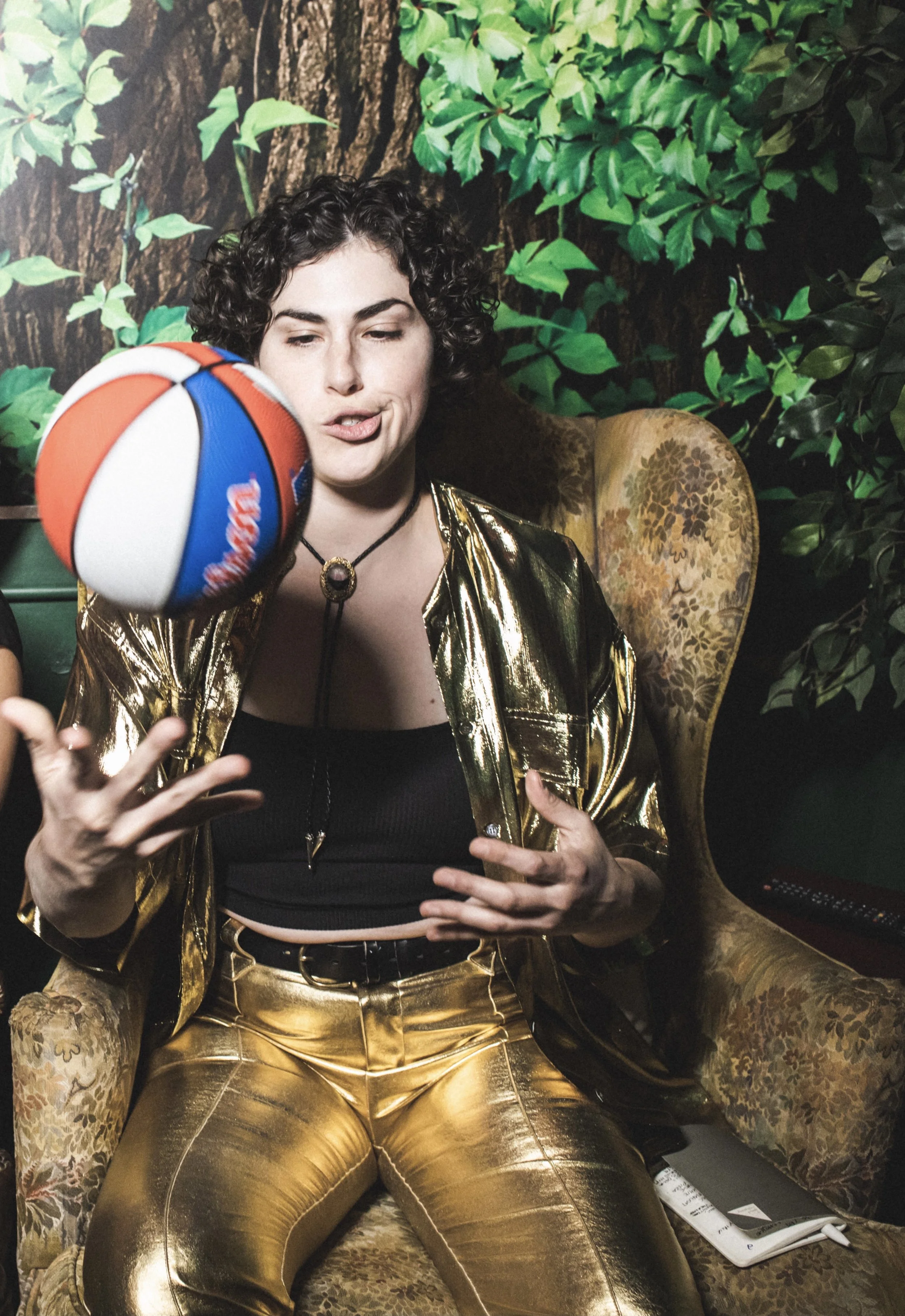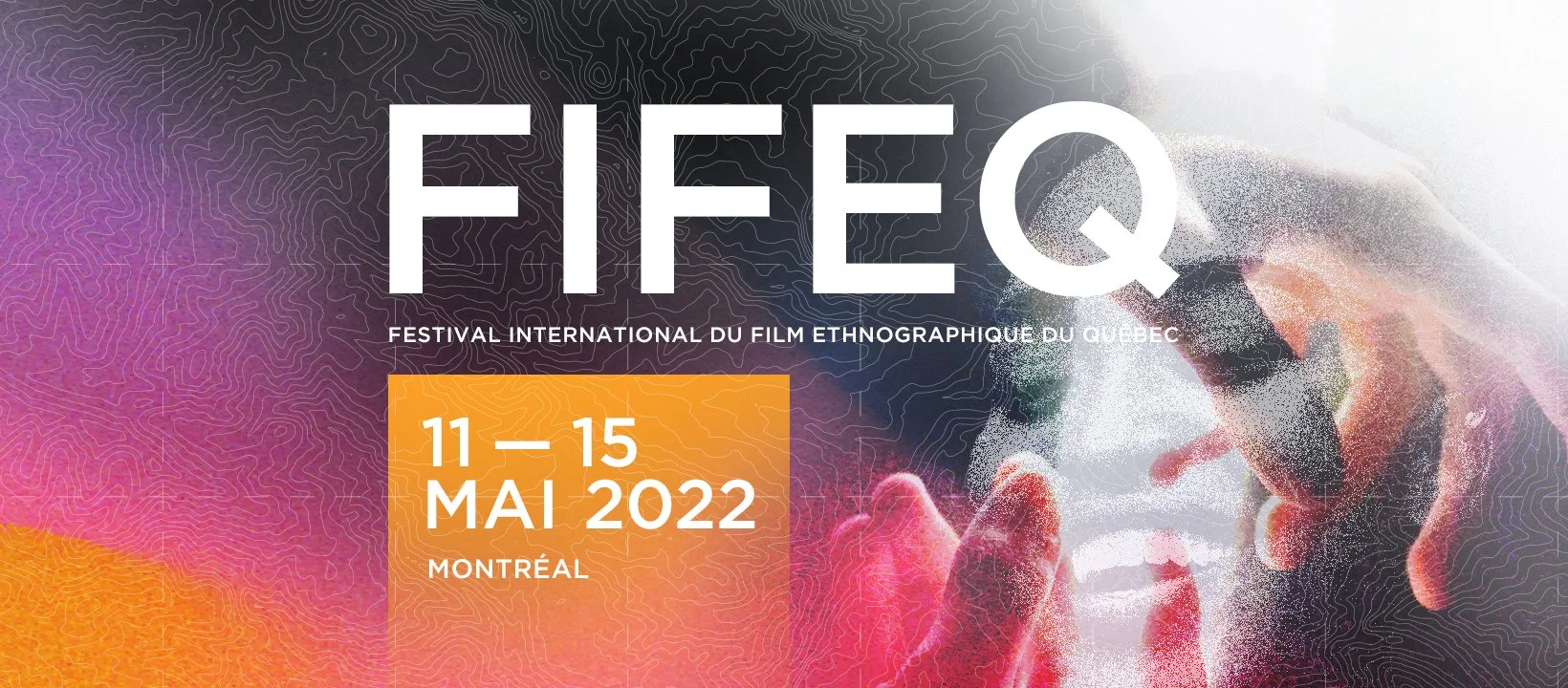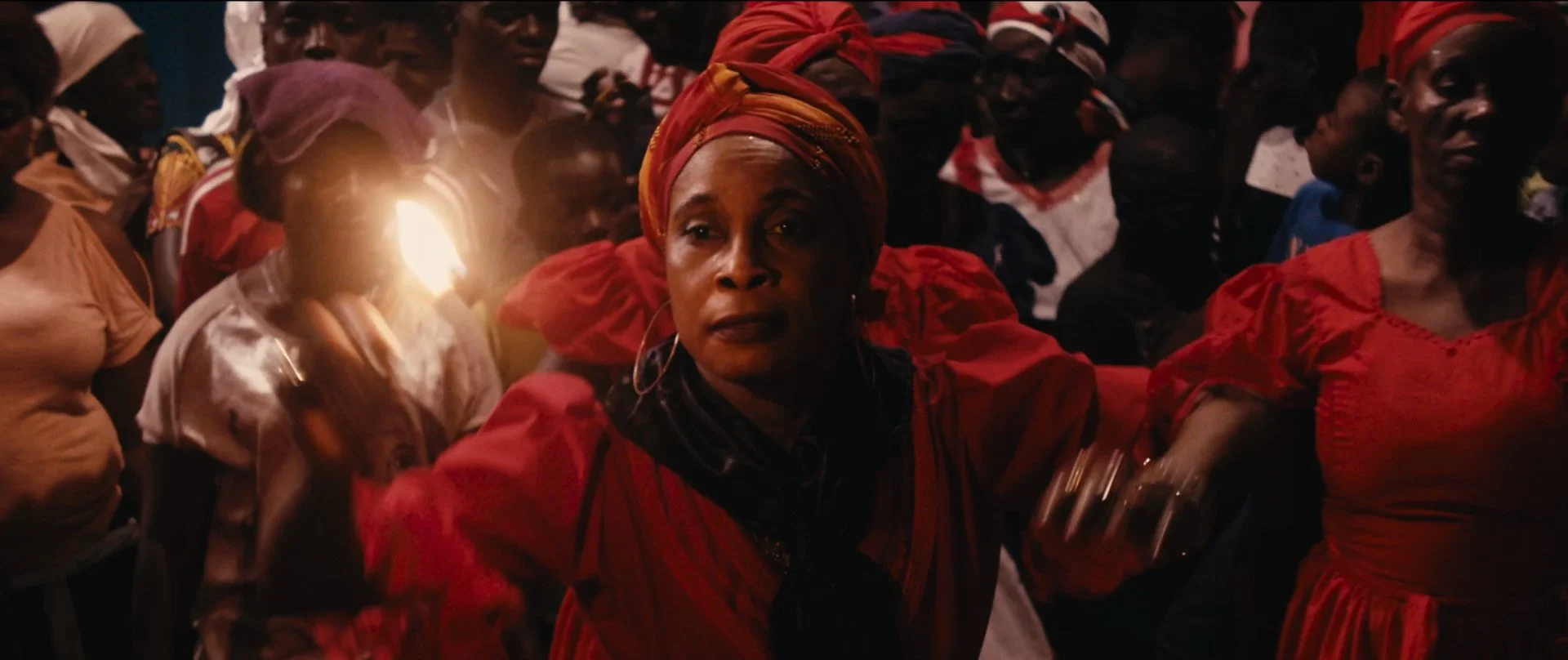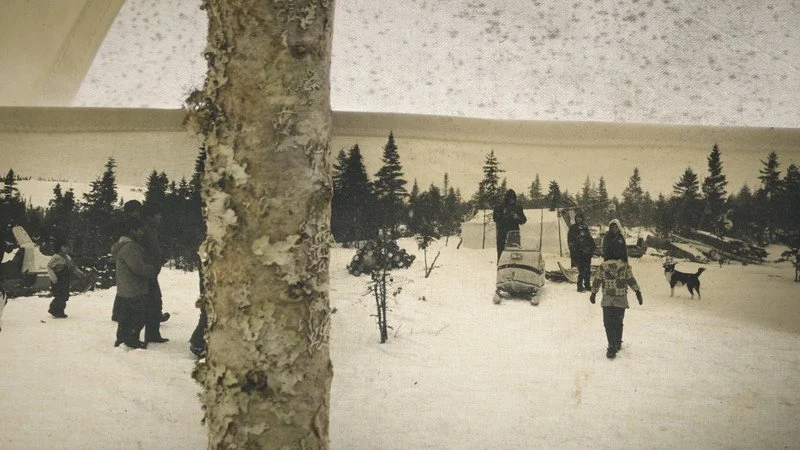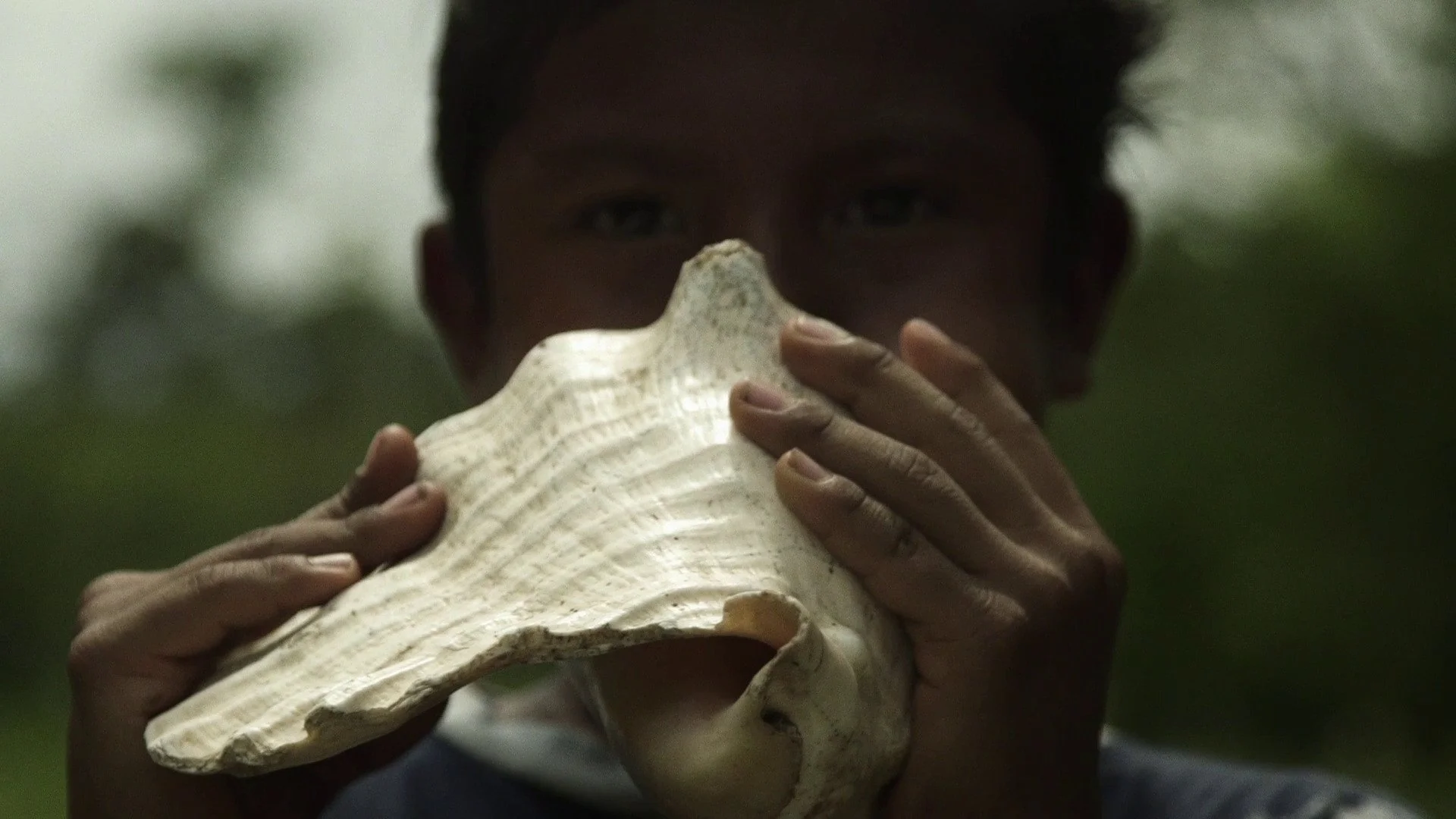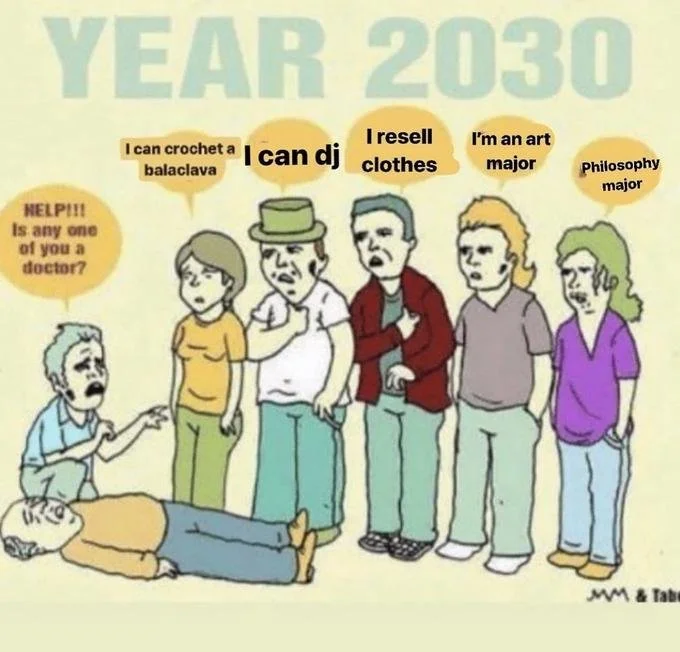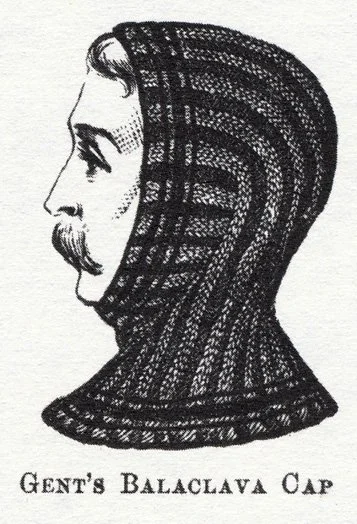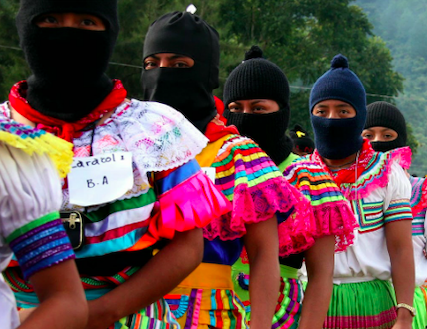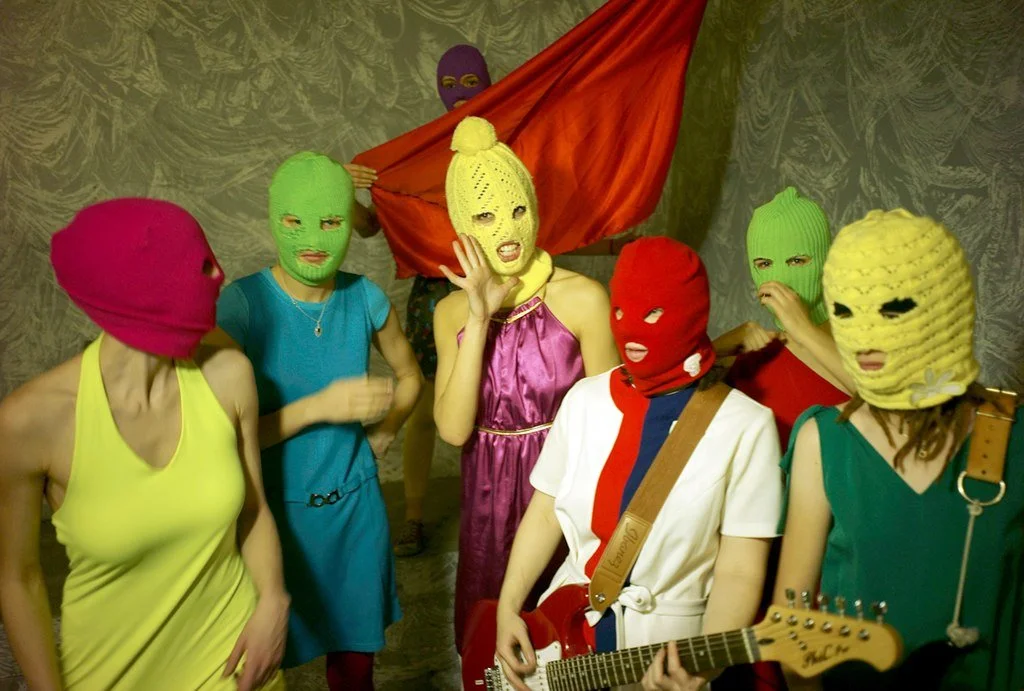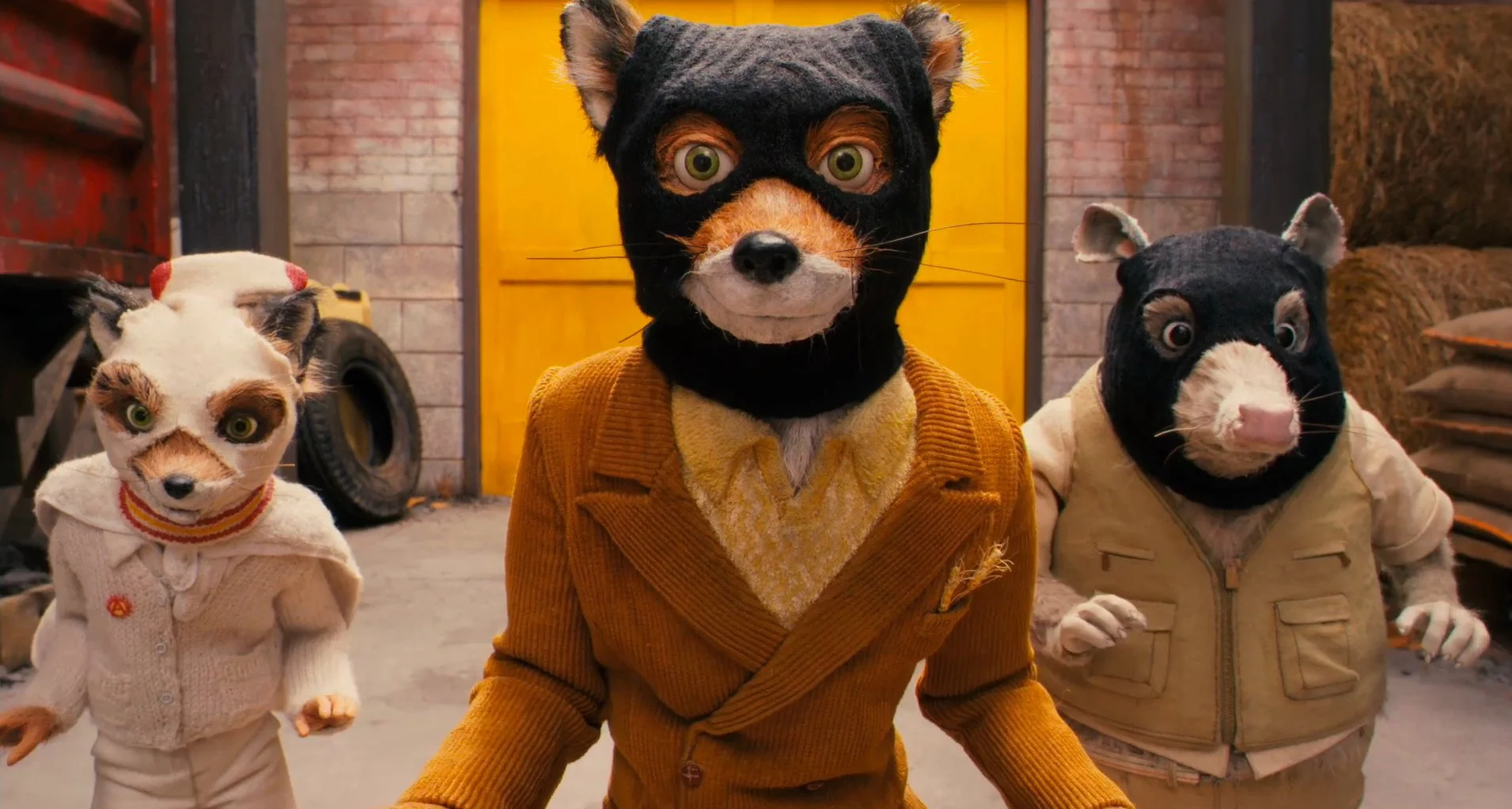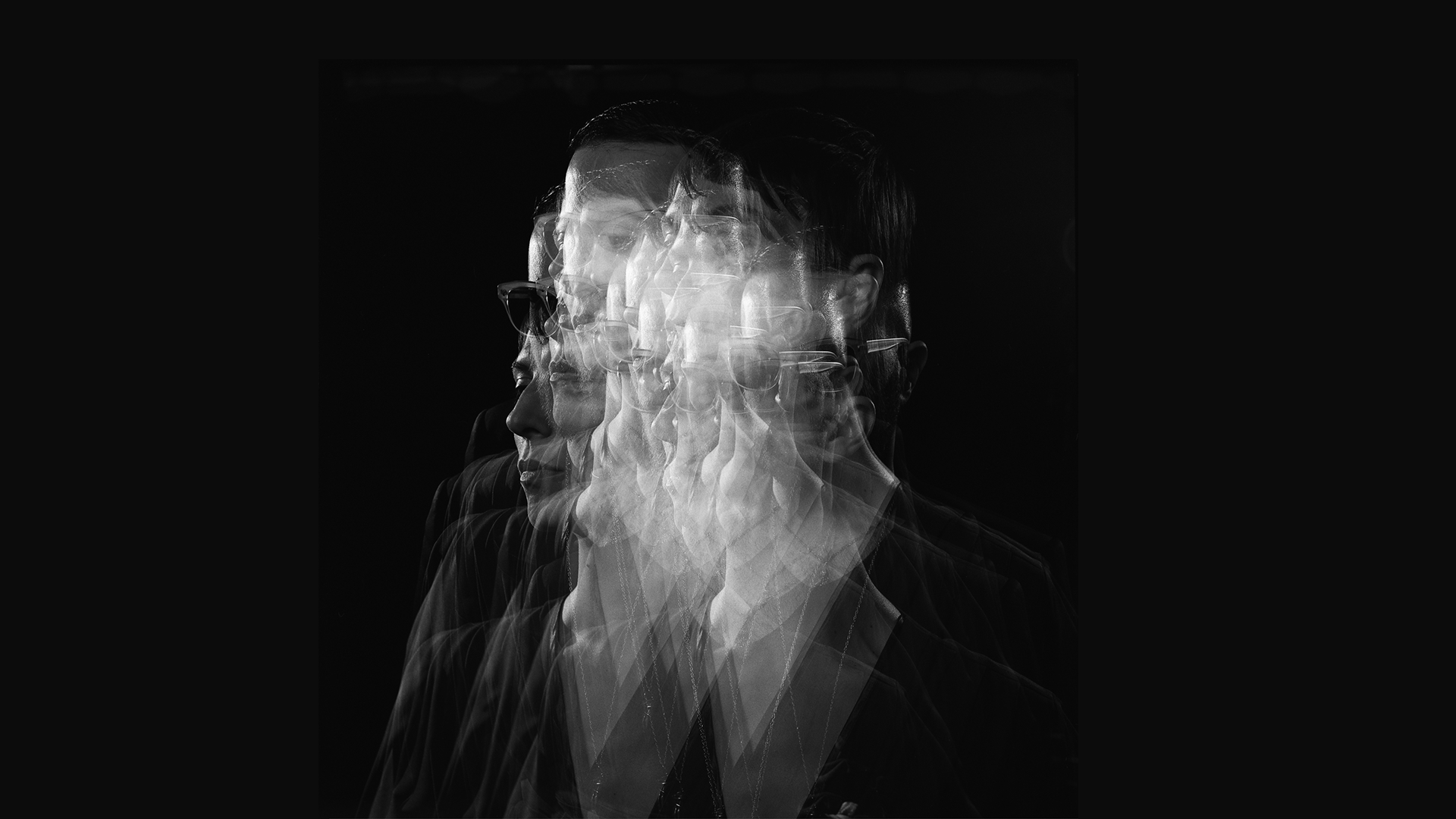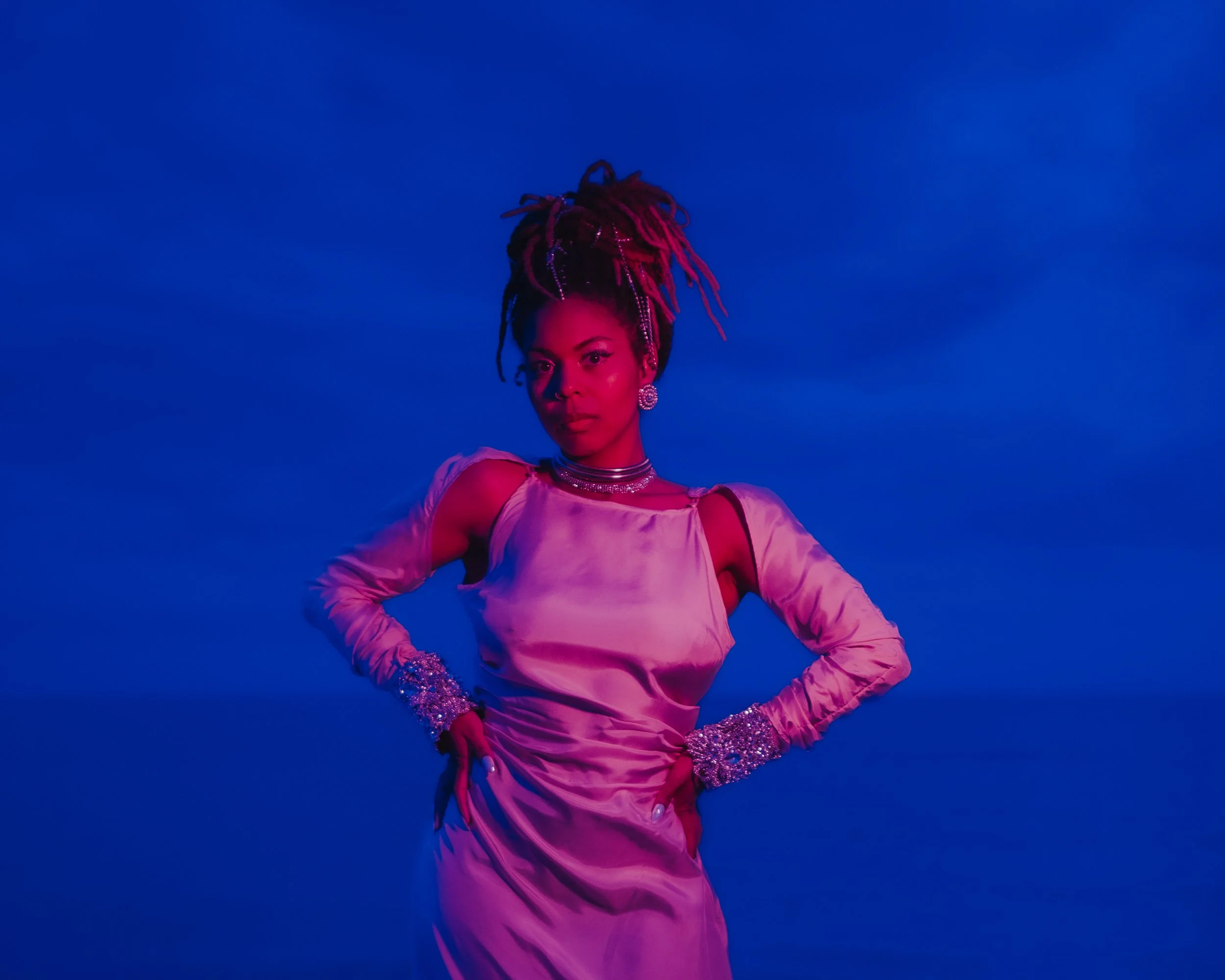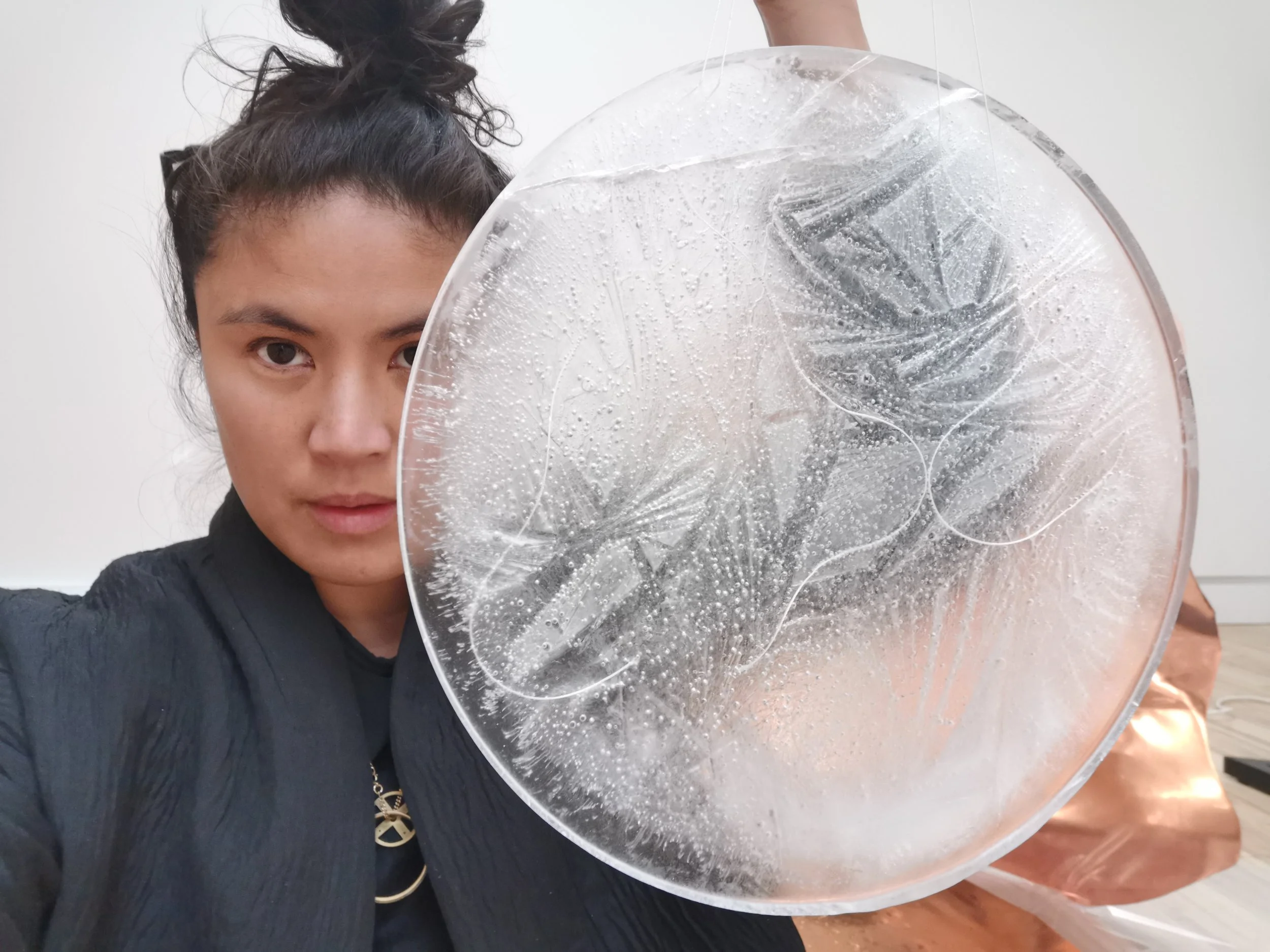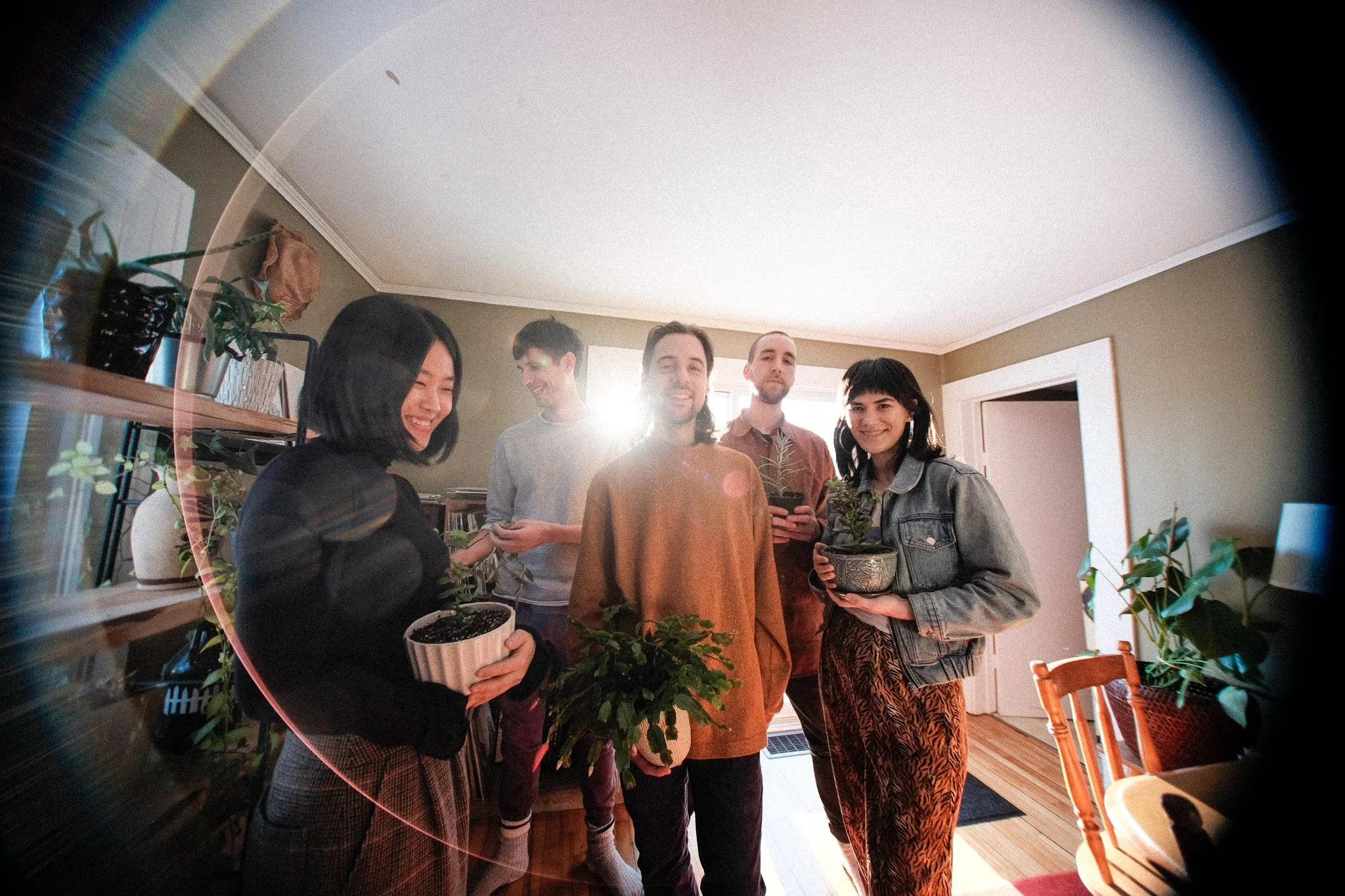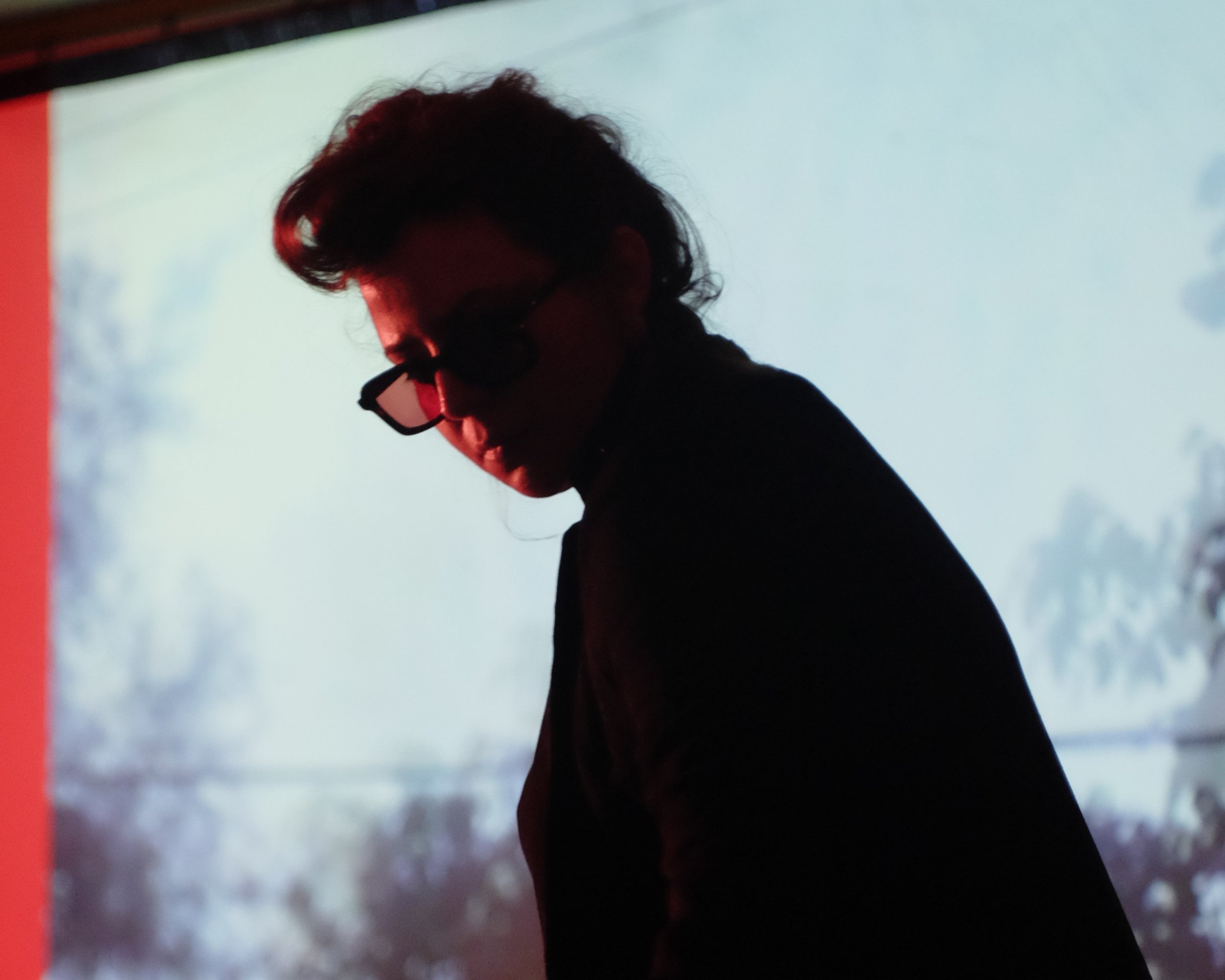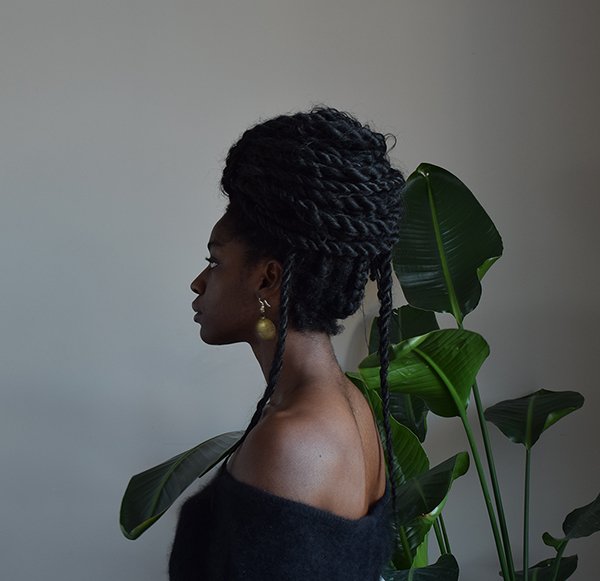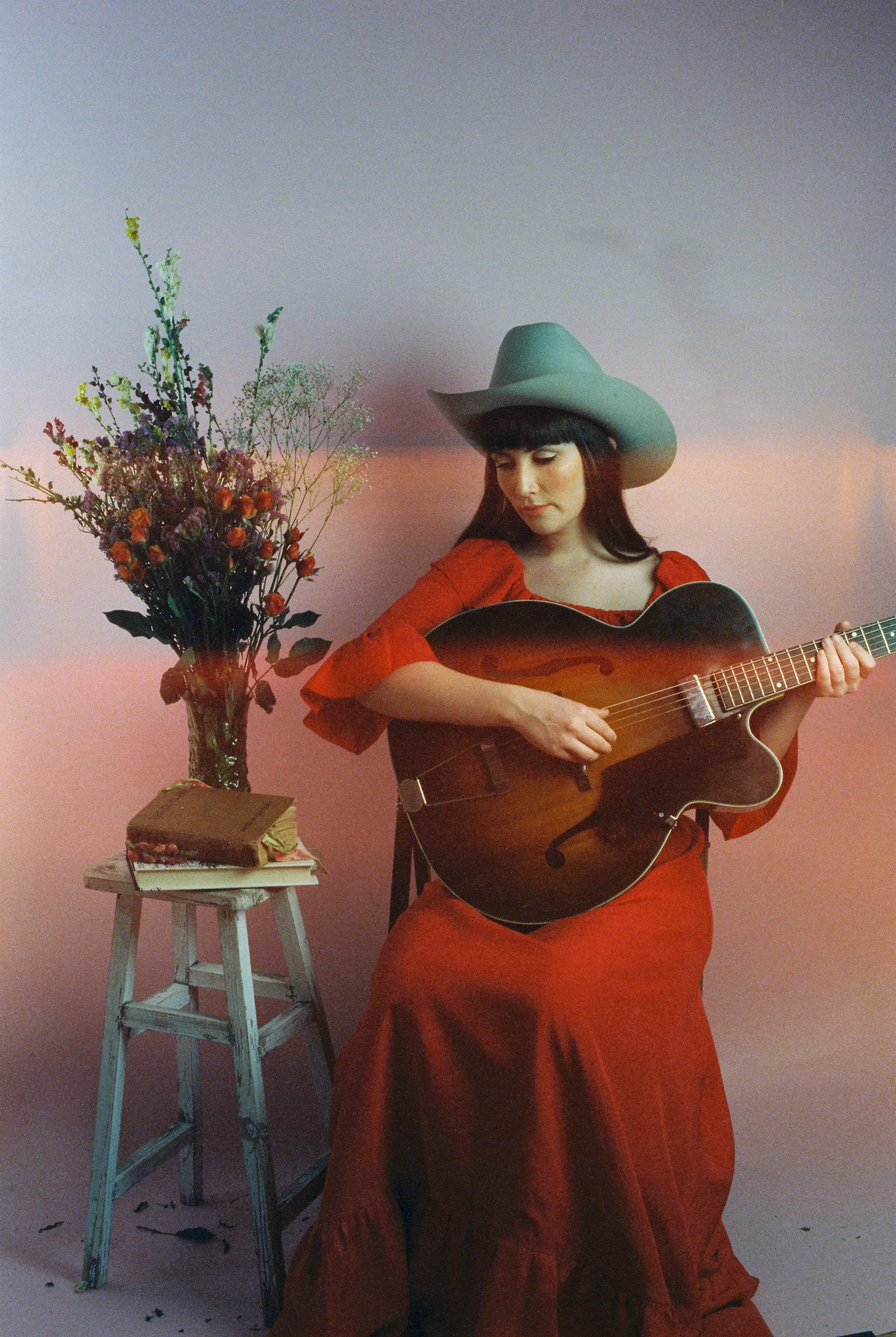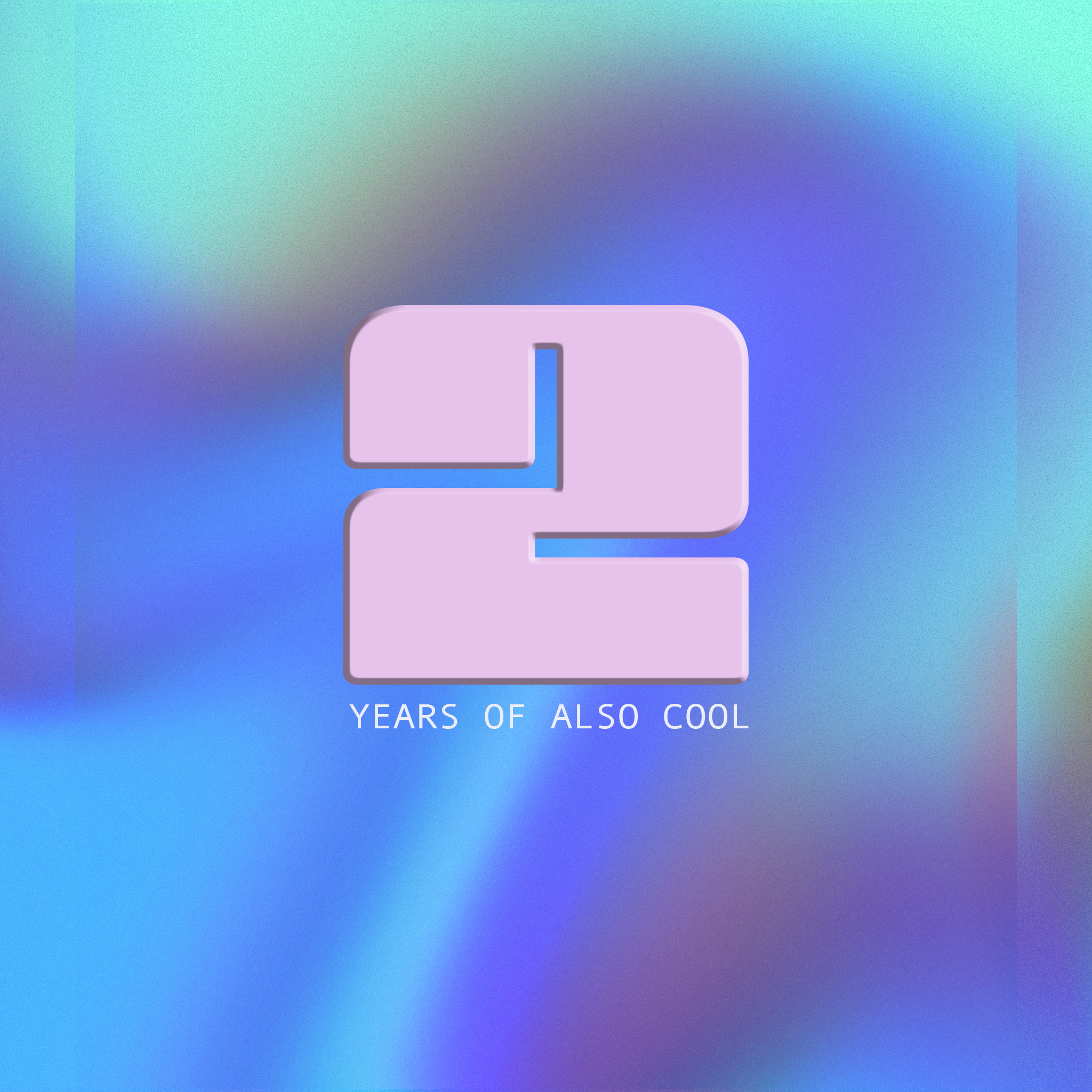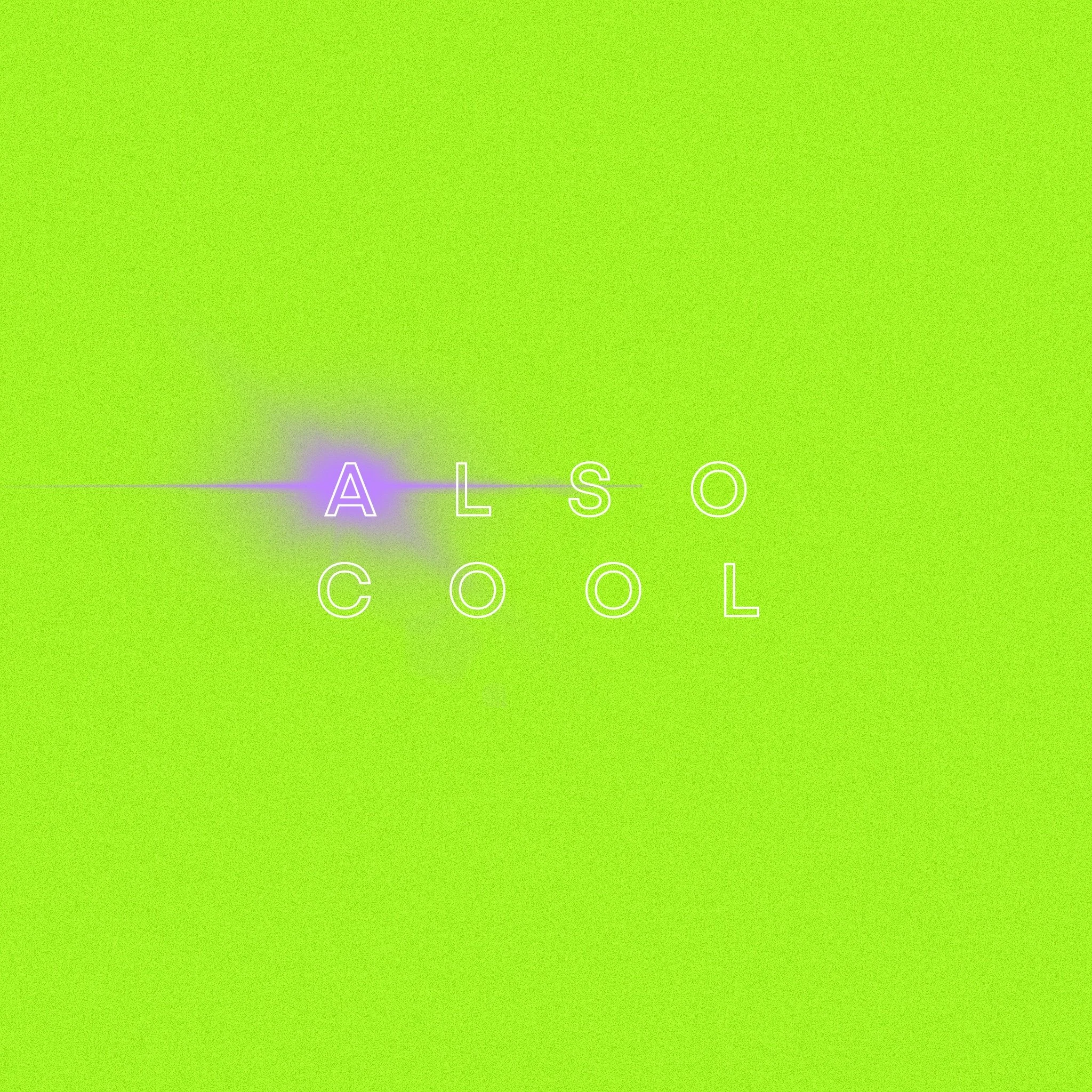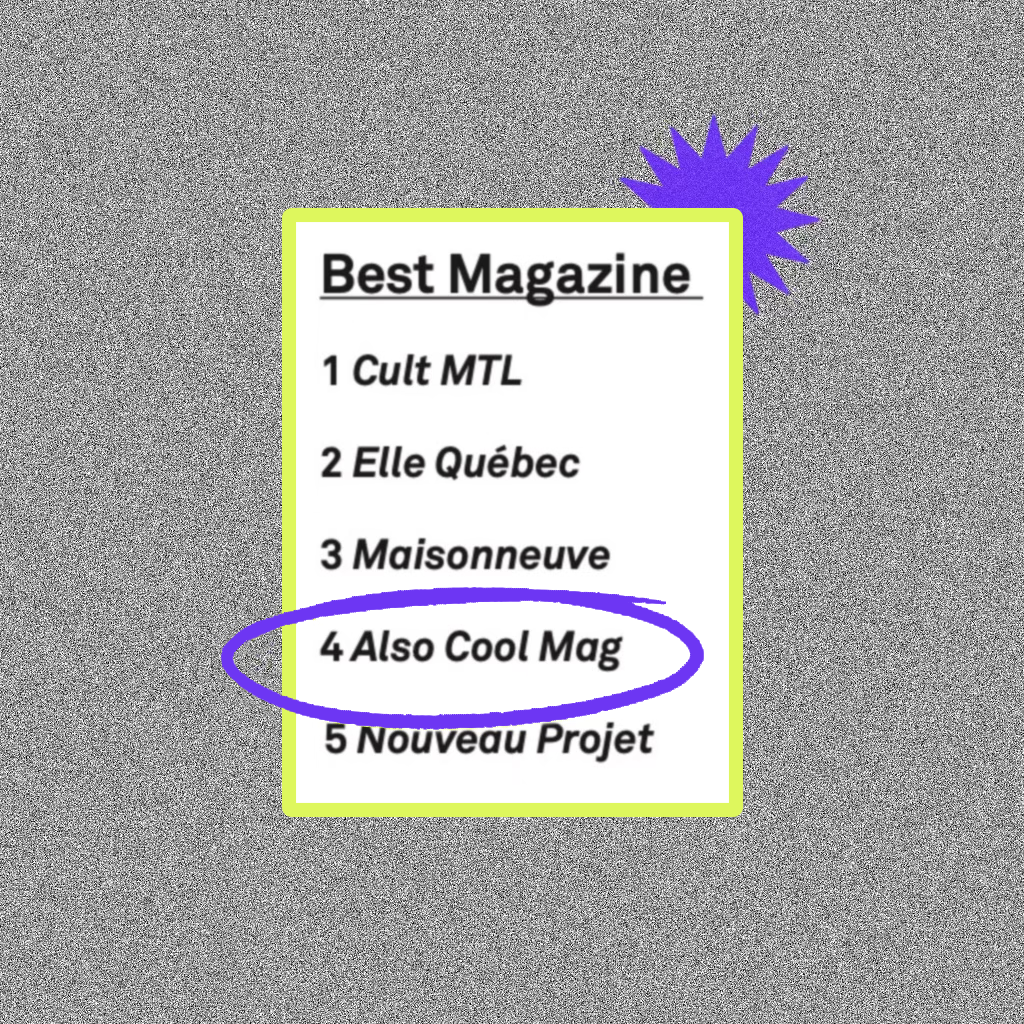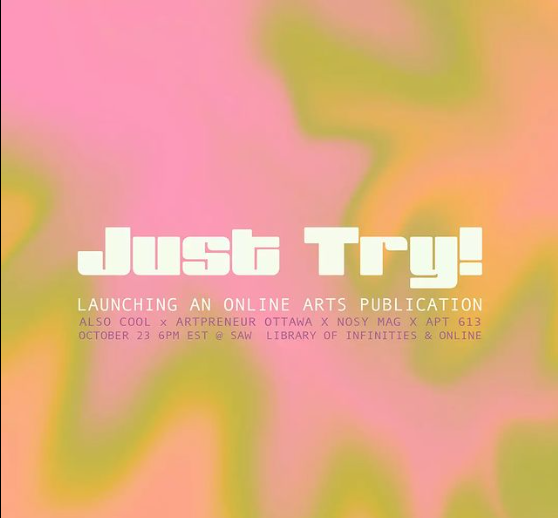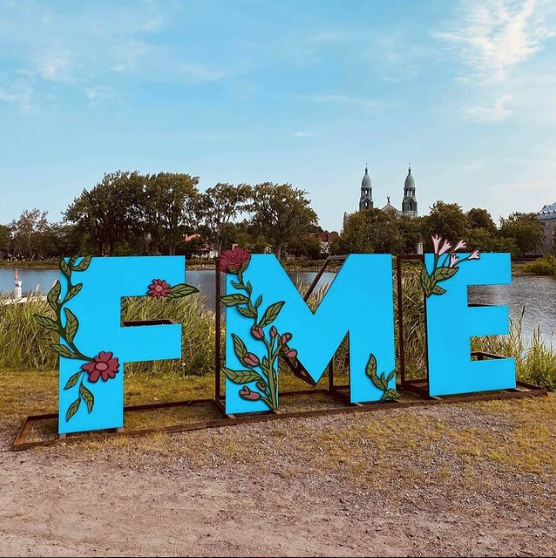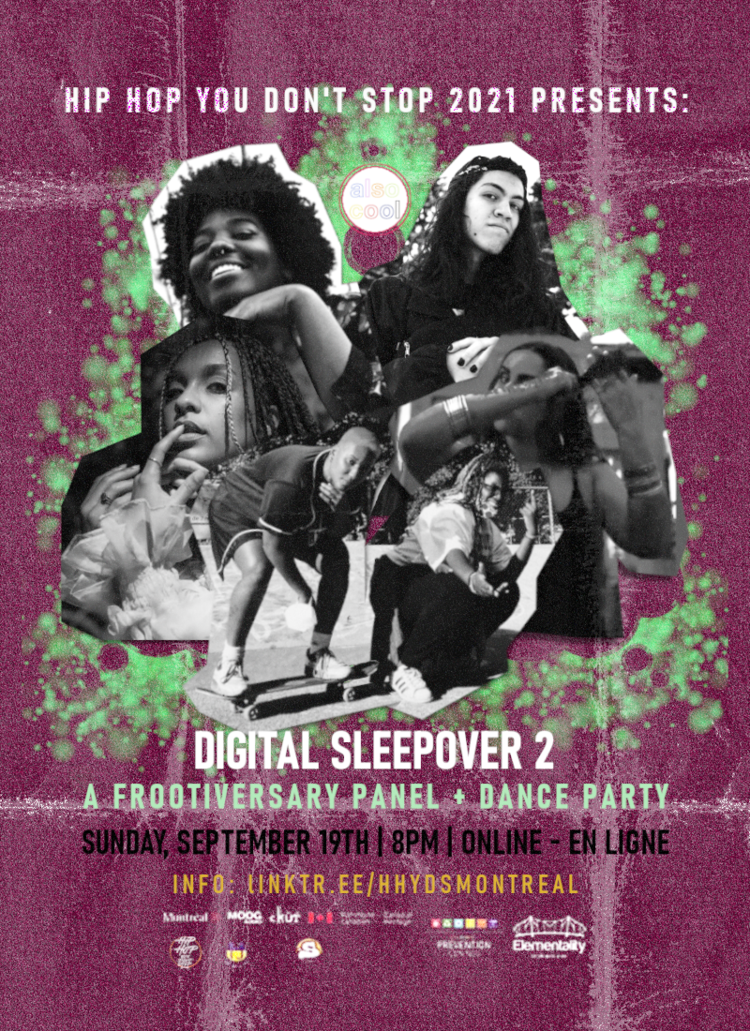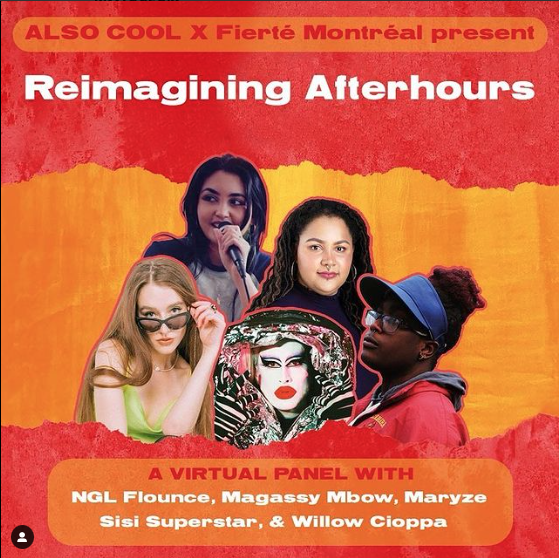Book Review Roundup: July 2022
Artwork by Malaika Astorga
Book Review Roundup is a seasonal column where writer Alanna Why shares the best books she’s read in the past few months, with an emphasis on highlighting recent works, small press releases and Canadian writers.
Trigger Warning: The following reviews discuss topics that readers may find distressing, including racism, sexual violence and gender-based violence.
Monarch by Candice Wuehle (Soft Skull, 2022)
This debut novel from American poet Candice Wuehle is bold, strange and unlike anything I’ve ever read before. Set in the ‘90s, the novel centres on Jessica, a teenage beauty queen who realizes she’s been programmed as a sleeper agent by a secret government program called MONARCH.
The first half is an experiment in language and style, with Jessica pondering the fragmented nature of her identity and reality through the lens of philosophy and religion. The second half is more plot-oriented, finding Jessica seeking revenge on those who programmed her. With ‘90s references galore, it’s perfect for culture fans, as well as readers who crave existential and experimental novels in the style of Thomas Pynchon or Don DeLillo.
Disorientation by Elaine Hsieh Chou (Penguin Press, 2022)
Another novel about a young woman waking up to the realities of the world around her is Elaine Hsieh Chou’s Disorientation. Narrated from the perspective of Ingrid Yang, a 29-year-old Ph.D. student, the book explores her awakening to the nuances of internalized racism and microaggressions that have followed her entire life.
The campus satire also takes on cultural appropriation, even featuring a professor who seems to be based on Jordan Peterson. Although the breadth of subjects explored are serious, Hsieh Chou approaches them with humour and Ingrid’s deadpan narration is often laugh-out-loud funny. Disorientation is filled with plot twists and turns, with an ending that few could predict.
Despite the serious subject matter, the memoir is extremely difficult to put down, with the flow of Healey’s prose sweeping the reader in immediately. It’s very rare to see a writer discuss the financial details of their career with such honesty, making Best Young Woman Job Book a welcome example in the genre of literary memoir.
Best Young Woman Job Book by Emma Healey (Random House Canada, 2022)
Best Young Woman Job Book is the first long work of nonfiction from Toronto-based poet and writer Emma Healey. Written like an extended prose poem, in the memoir Healey explores her journey of becoming a working writer under late-stage capitalism, as well as her experience with sexual assault faced at the hands of a creative writing professor.
Despite the serious subject matter, the memoir is extremely difficult to put down, with the flow of Healey’s prose sweeping the reader in immediately. It’s very rare to see a writer discuss the financial details fo their career with such honesty, making Best Young Woman Job Book a welcome example in the genre of literary memoir.
Son of Elsewhere: A Memoir in Pieces by Elamin Abdelmahmoud (Ballantine Books, 2022)
Another “just-one-more-page” memoir is Son of Elsewhere by Buzzfeed writer Elamin Abdelmahmoud. Drawing on his experience of immigrating to Kingston, Ontario from Khartoum, Sudan at age 12, this essay collection explores family, culture, language and identity.
Abdelmahmoud’s writing is sincere and often bittersweet, a prose style that’s tempered with a healthy dose of pop culture obsession. The essays that spoke to the latter element were standouts: I particularly enjoyed his writing about Linkin Park, wrestling and The O.C. Still, it’s the fragmented essay “Roads,” a breathtakingly beautiful ode to the 401, that shined the brightest out of the entire collection.
Manhunt by Gretchen Felker-Martin (Nightfire, 2022)
From horror writer Gretchen Felker-Martin, Manhunt is a trans take on the gender-apocalypse story. The novel is set in the near future in a dystopia where most men have transformed into feral, violent monsters due to a virus. It’s told from the perspective of two trans women, Beth and Fran, as they try to avoid an army of TERFs who’ve gained political control and kill anyone who isn’t a “real” woman.
If that sounds brutal, it is! Manhunt is one of the most terrifying books I’ve read in a while. Still, it’s written in such a scene-focused and cinematic way that it feels like you’re watching a dystopian horror action movie instead of reading a book. It’s a compelling and original story, although it’s definitely a LOT to stomach at times, so it’s certainly not for the faint of heart.
Acts of Service by Lillian Fishman (Hogarth Press, 2022)
Acts of Service is the debut novel from young queer writer Lillian Fishman. Bringing to mind the style and themes of Sally Rooney, this novel is told from the point-of-view of Eve, a 28-year-old New Yorker who becomes entangled in a sexual relationship with another couple, Olivia and Nathan, over the course of a year.
While the set up is interesting and the sex scenes are definitely alluring, Acts of Service’s most unique quality is the way it deconstructs power dynamics, patriarchy and bisexuality. It’s a philosophical read, with the narrator’s thoughts about what she’s involved in working out on the page in what feels like real time. Although it might strike some readers as too subtle or introspective, fans of contemporary literary fiction will certainly find it fascinating.
Alanna Why is a culture and fiction writer living in Montreal. To read more of her book reviews, subscribe to her newsletter Why’s World and follow her on Instagram.











